Influencer marketing ain't what it used to be.
Last year, I found myself included on various influencer lists fairly often. So I got to thinking... How'd that happen? What have I done in recent years while trying to build a reputation as a content marketing expert?
Answers rushed from my brain to my fingertips and into my post, "30 Action Items to Get Serious About Influencer Marketing." The post is one of my most popular because it contains many useful tips for increasing your influence via influencers.
But here's the deal. The action items I offered were for increasing your influence as an individual—as a personal brand. I know the suggestions I made work because I did them. But they require hard work. Lots of it.
The influencer marketing that's getting talked up everywhere now is a different type of influencer marketing. It's for promoting brands. And it's not all that hard.
Influencer Marketing Has Been Made Easy
Influencer marketing has grown up fast.
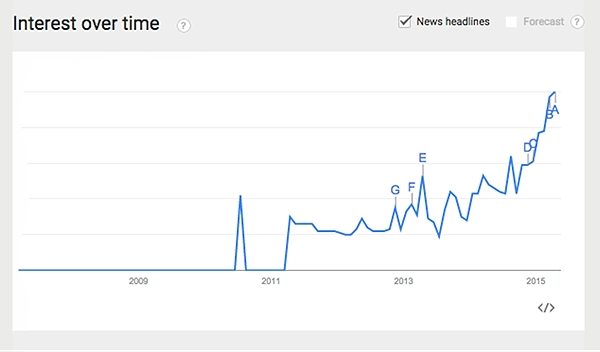
Google searches for "influencer marketing"
I checked Google Trends to gauge interest in the category and found "influencer marketing" began a steady climb in 2013. About a year before, searches for the word "influencer" began to rise. "Influencer marketplace" hasn't charted yet. It will.
The birthrate of influencer marketplaces seems to be giving Starbucks stores a run for their money.
It's actually hard to count them because most companies in the business are painfully bad at writing clear websites. I went through a long list. Some offered agency services. Some, software. Most exceeded my patience for deciphering marketing BS.
But the business model I'm talking about is simple, and it can be explained simply: Brands go to the marketplace to find and hire bloggers to write reviews about their products or mention them in their posts; bloggers go there to land gigs.
As you might expect, social media posts often factor into the assignments. On occasion, the brands don't even request a blog post; they'll settle for a mention on Facebook or other social media networks.
Looking at a Few Marketplace Leaders
I identified a few companies that appeared to be among the most established influencer marketplaces, starting with Tomoson. The company has been in business since 2010 and—based on website traffic—has seized the lead for now.
Tomoson has a no-nonsense approach and gets right to business on its homepage. As I write, atop the page is the breast pump product listing pictured below. It includes the call to action: APPLY—Write sponsored posts for this. Clearly, if you're a mommy blogger with an audience that includes breast feeders who respect your opinion, this one's calling your name.
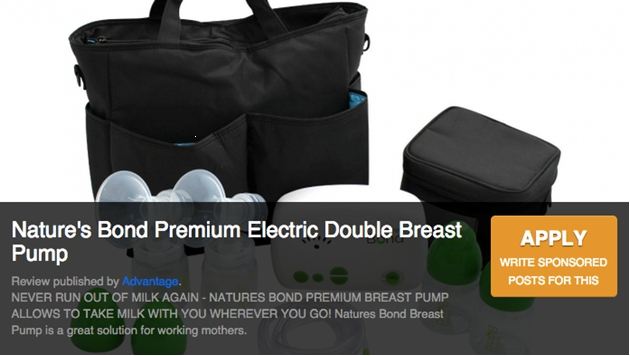
If selected, you'll receive a free product to try to keep as well as a payment stated in the listing. Breast pumps aren't my thing, so I begin scrolling... tea... soap... exercise ball... laptop backpack... rat trap, relaxation music, headphones (and it keeps going). Tomoson lists tens of thousands of products in 42 categories.
I found Tomoson to be a self-serve environment—more so than the other marketplaces. As a content creator, you need not be invited; you just sign up. Even for brands, there's no muss to getting started, nor are there fussy on-boarding routines; you pay a small fee and start listing.
I was able to chat with Tomoson co-founder Jeff Foster, who told me, "We really are the only open marketplace for both brands and influencers. No one else lets influencers choose the brands to work with. And vice-versa."
Managing the Processes of Influencer Marketing
Much like other collaborative content creation practices, influencer marketing works best when Web-based tools are available to manage the processes.
Foster explained that every company in the space aims to make finding, managing, and reporting on influencer marketing as easy as possible. Tomoson's site offers a show-and-tell page to explain "how it works" as well as short video tutorials.
Another leader in the space, TapInfluence, claims to be built for consumer brands. Its website says the platform combines "the leading marketplace of talented and influential content creators with end-to-end workflow."
If you like what you see at the TapInfluence site, you don't just sign up. You're offered a personalized demo. On its customers page, TapInfluence displays the logos of major brands, such as Lego, Kraft Foods, P&G, and Microsoft.
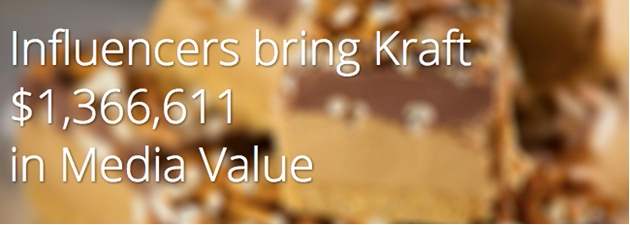
In addition to making you hungry, a customer story page on the TapInfluence site showcases a holiday blitz from Kraft foods: A marketing spend of $43K generated 760,000 blog-post views; on Pinterest, recipes were pinned more than 178K times.
Foster explained to me TapInfluence and other marketplaces cater to Fortune 500 brands, while Tomoson focuses on small businesses. As you might suspect, the fees are worlds apart.
The Quick 411
Like I said, there's a dreadful amount of ambiguity in the influencer business, so in an effort to be clear, I'm only presenting marketplace companies that helped make things easy to understand.
I was impressed by Izea, a marketplace that has already signed on more than 250,000 influencers.
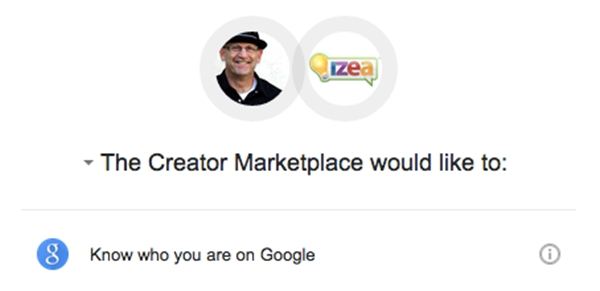
Izea offered a handy social media sign-on, which I like (and used)
My initiation at Izea was painless. The following two-minute video did a great job of explaining how Izea works (and helping me understand the marketplace concept at large):
The Business Is Booming
Why is influencer marketing on the rise? Because it works. In earned media value and sales, it's rocking ROI. Today's buyers put their faith in recommendations, reviews, and blogs—sponsored or not.
Advertisers across seven consumer categories got $6.85 in earned media for every $1.00 invested, according to research done by digital advertising company RhythmOne:
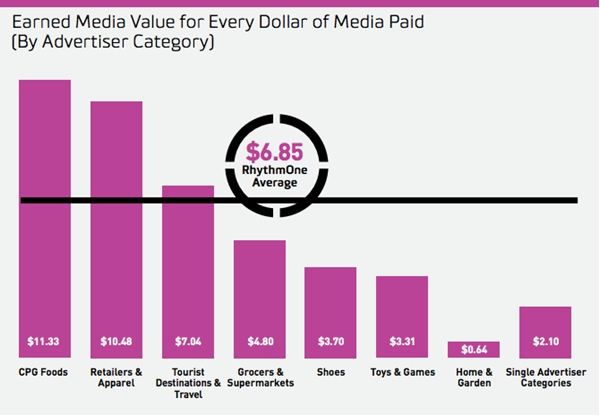
Tomoson recently conducted a survey of 125 online marketers and found...
- Businesses are making $6.50 for every $1 spent on influencer marketing.
- 59% of marketers are planning to increase their influencer marketing budgets over the next 12 months.
- Influencer marketing was rated as the fastest-growing online customer-acquisition channel.
- Influencer marketing delivers greater cost efficiency than organic search, paid search, and display advertising.
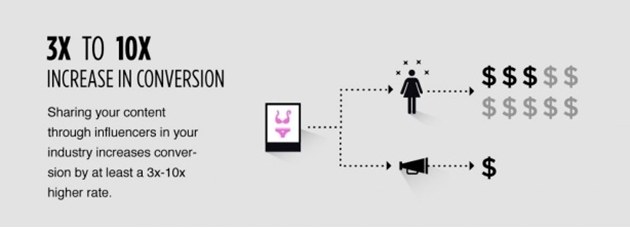
This statistic comes from a very impressive infographic by The Shelf:
"Influencer Marketing is the New King of Content"
Watch What Happens
As online media consumption continues to grow, influencer marketing will grow with it. Buyers are more skeptical than ever of advertising. They may lower their guard when offered branded content, but when it comes time to buy... most consumers trust recommendations.
The FTC has created guidelines calling for sponsored posts to be identified as such in some way. Will labels such as "#sponsored" eventually undercut the growing marketplace model where bloggers get paid for positive reviews?
We shall see.
At present, though, we're looking at a bull market.




